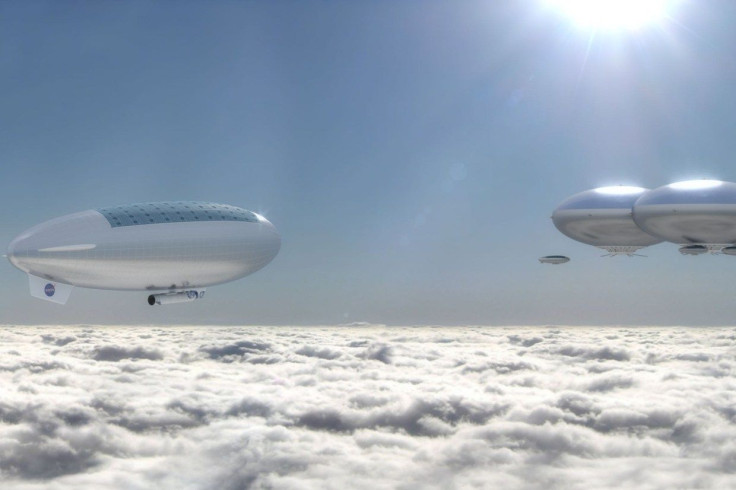NASA Hopes Wind-Powered Drones Will Navigate Jupiter, Saturn And Other Celestial Bodies

Nowhere to land? No problem. NASA is investing in a fleet of robotic probes that could soon explore Jupiter, Saturn and other interstellar bodies made of gas by flying with momentum from the wind.
NASA’s Jet Propulsion Laboratory has been awarded $100,000 to complete a study that will explore the possibility of “windbots” buzzing through the atmospheres above Jupiter and Saturn. To work, each drone would need to be self-sufficient and able to recharge based on wind and changes in temperature. The news was first reported Thursday by Wired magazine.
“One could imagine a network of windbots existing for quite a long time on Jupiter or Saturn, sending information about ever-changing weather patterns,” Jet Propulsion Laboratory engineer Adrian Stoica told Wired. “And, of course, what we learn about the atmosphere of other planets enriches our understanding of Earth’s own weather and climate.”
Researchers advised that the project is still in it’s embryonic stage, and it’s not even clear if it will ever come to fruition. But NASA has nowhere to go but up: The space agency tried exploring Jupiter with the Galileo mission in 1995 but came out with only a few hours’ worth of scientific measurements.
Stoica, in conversation with Wired, compared the flight plan to dandelion seeds, which soar through the air without a predetermined path.
“It rotates as it falls, creating lift, which allows it to stay afloat for a long time, carried by the wind,” Stoica said. “We’ll be exploring this effect on windbot designs.”
The announcement comes only weeks after NASA’s Jet Propulsion Lab revealed that it hopes to put another autonomous vehicle on Europa, the Jupiter-orbiting moon considered most likely to host alien life. The Europa plan, which is also years away from happening, consists of landing an unmanned vehicle on the ice-covered moon and drilling into the ocean to explore what -- if anything -- lies beneath.
© Copyright IBTimes 2024. All rights reserved.




















